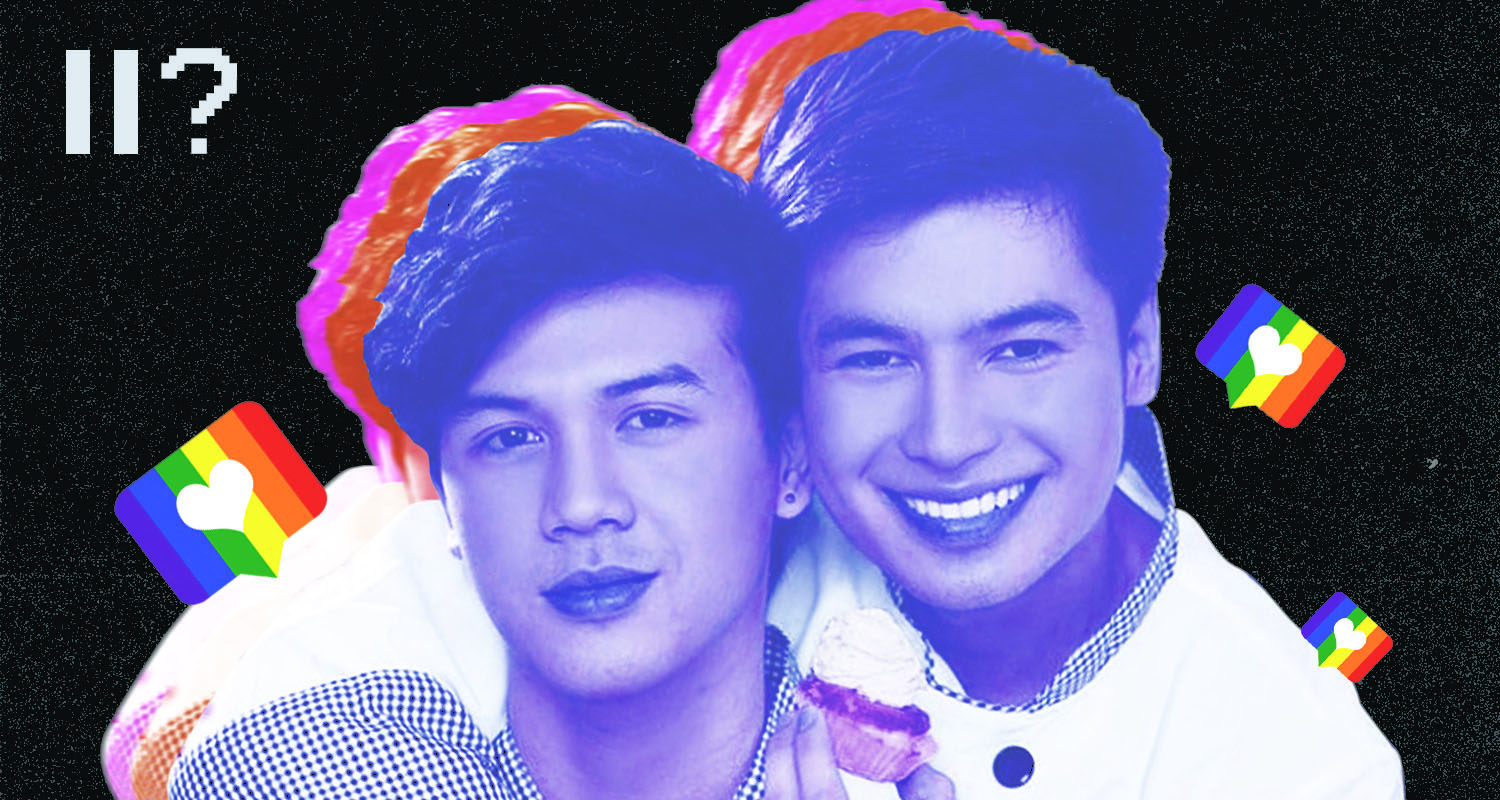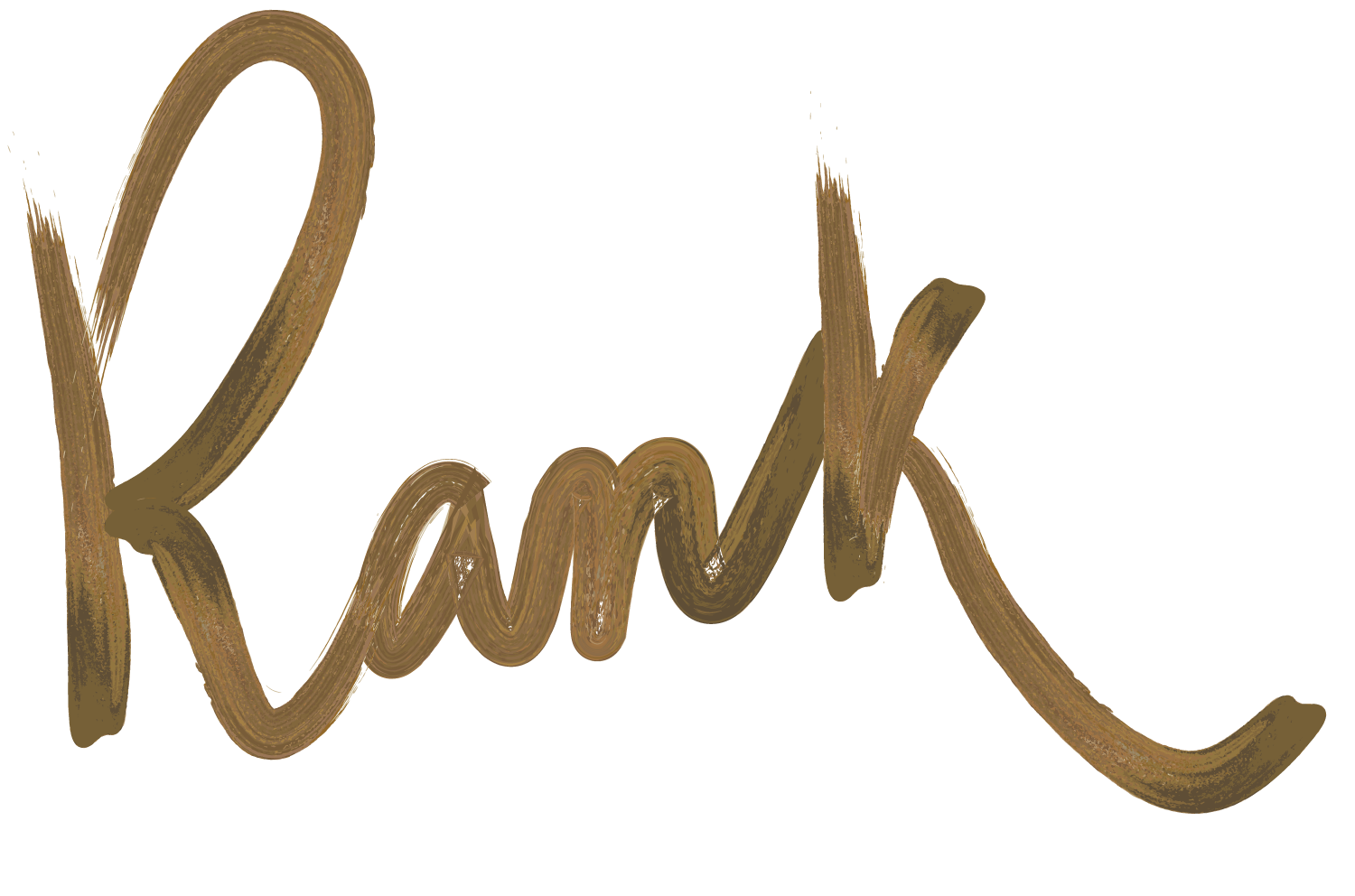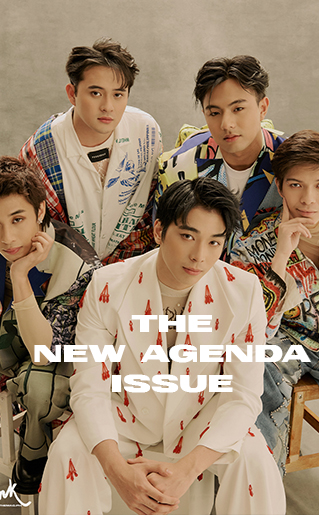Always vulnerable as a melting pot of culture, the Philippines was thus stirred, well-shaken, into the rising phenomenon of Boys’ Love (BL) genre in Southeast Asia. At the plight of Thailand’s highly-successful 2gether:The Series, there’s a major breakthrough into the local mainstream to produce more LGBTQIA+-themed shows. While it’s a step towards lifting the community’s representation, there’s a running statement that lingers in its midst: “Give LGBTQIA+ roles to LGBTQIA+ artists.”
All the glances, cuddles, mishaps leading to romantic buildup, and the “kiligs” that get the most to the audience—BLs are simply slice-of-life shows candied on boy romance. It’s the representation that’s been lacking in all these years after a long drought of happy endings from the stereotypical plots of gay television and cinema. In a conservative country like the Philippines, where sexuality remains to be a sensitive topic, gay representation has mostly anchored in indie cinema and rarely on mainstream media. And with the consecutive success of BL shows from our neighboring countries, the local LGBTQ+ representation is once again lit with hopes and passion to support its visibility and to normalize the genre in a predominantly heteronormative country.
But taking it further back, local gay entertainment has had its fair share of shows and films in the past that have stood their own limelight. There are the highly-acclaimed movies such as Ang Pagdadalaga ni Maximo Oliveros (The Blossoming of Maximo Oliveros), Serbis, 2 Cool 2 Be Forgotten, and Die Beautiful to name a few, and TV shows such as My Husband’s Lover and The Rich Man’s Daughter.
While all ring the same theme of romance, they mostly revolve into serious topics from adultery and tragedies leading to sickness or death, leaving us in a thirst for finding love. But while in 2013, Philippine gay publication, TEAM came up with the digital BL series Hanging Out when no local BL trend gained significant traction, yet, it was not until the surge of mainstream BL in Thailand when more viewers were introduced to finding solace in the romance and happiness that resides in a simple love story. This resonated well, not just for the minority that it serves, but also for the straight viewers with the universality of the idea of love.
So, at its height, several outfits started producing a series of our very own BL shows to ride the wave of this growing popularity and to significantly inject LGBTQIA+ culture into mass media. Of note, ABS-CBN, through iWant, dubbed the Philippine release of the phenomenal Thai BL proponent, 2Gether: The Series into the vernacular, indicative of its intent and readiness to bring the genre to appeal to a wider audience.

However, it is not without its flaws and its fair share of controversies.
Sticking close to local culture, people have begun to notice a seeming trend in local media—straight actors taking on LGBTQIA+ roles. The trend, not to mention, the question on proper representation, isn’t exactly new, but with this “meteoric” rise in popularity of the genre, it’s a question worth asking.
Coming from mainstream media, Tony Labrusca’s casting in a BL series has contributed to this discussion with him being vocal about his straight sexual orientation. There’s a lot of layers to understand about the fairness of straight artists filling in LGBTQIA+ roles.
For instance, Juan Miguel Severo, a writer and member of the LGBTQIA+ community, expressed his thoughts in a series of tweets, where he iterated on systemic homophobia that relates to some artists still remaining in the closet, and some that are afraid to be boxed in the local stereotype of token gay roles such as a bestfriend or any other menial character.
There’s also a question on credibility in representing LGBTQIA+ roles. Clearly, an LGBTQIA+ artist can embody and tell their story in a way that translates their acting as close to their own lives. It’s this sense of empathy that results from the artist relating their art to experience that attracts and connects to the audience. This applies as well on the director, writer, and essential research that happens behind the scenes. Even at the expense of the notion on “Separating art from the artist” in the case of BL casting, queer representation still remains as the very core of BL therefore it’s only essential that relativity and research on the LGBTQIA+ community is a must. Taking into consideration as well, that queerbaiting nowadays has become a marketing ploy in entertainment and it defeats the purpose of representation with ambiguity.
An interview with My Day: The Series lead actors Miko Gallardo and Aki Torres has recently caused quite a stir and significant uproar with their response on the notion of BL. Starting off with a doubtful answer on the question of what BL stands for, to quote Gallardo, “Boys’ Love, I think,” already poses a blur on their education of the matter.
But it was Torres’ message that intrigued the community, to quote, “Boys’ Love po, it doesn’t mean na gay. So, it was two straight guys na nagka-in-love-an.” While it was noted that they did essential research in building their characters, perhaps it needs more time and motivation to understand the full matter for heterosexuals to embody what isn’t natural for them.
Historically, Japan’s take on the BL genre in the form of yaoi is primarily marketed for girls. But in the context of sensitivity in representation, the erasure of gay in BL, as reflected in Torres’ statement, is just not right. Pride has fought long enough to take their space in the community and to deny them of their own genre is a major fallback on representation. If it’s not clicking yet, take it from the word in itself—representation, which basically means portrayal.
In another scenario, the subject matter is image over talent. There’s the question on the limited visibility of local LGBTQIA+ artists. The problem roots in the entertainment’s long-standing image of an artist under physical criteria. Boxed in the traditional boy-meets-girl or any other romantic gimmicks, the ‘kilig’ factor weighs in on the pretty pair that ends up happily together. Relating it to BL, we were introduced to cute guys like Bright and Win or Tony Labrusca and JC Alcantara—Kokoy De Santos and Elijah Canlas, even. With LGBTQIA+ as a minority, the avenue for its own artists narrows even further at the expense of looks over talent, leaving us with a handful deemed acceptable by the mass.
Now, let’s flip the table. It also happens that some LGBTQIA+ members take on straight roles. While it sounds fair, take note that representation is a call for visibility from the minority. Living in a heteronormative country, there’s factors that influence the entertainment industry to produce more straight shows; significantly, it’s religion and culture. This takes us on the question if the shift to a new decade welcomes us to more accepting audiences. It lies in understanding if globalization has breached the barriers of a conservative country in the context of sexuality and gender roles. If K-pop has been successful in serving candy-colored guys and their ‘uwu’ shenanigans to the local market, maybe it’s time for less serious, simpler BLs to shed light that boys’ love is normal?
Related: ‘Gameboys’: How the Lockdown Unleashed a Modern Love Story
So, is it a backfire on representation to anchor on straight guys to lure in a wider gender spectrum to introduce boys’ love? Probably not, with their intentions as support for the community. Take A for Ally from LGBTQIA+ and put your mind into seeking help from our friends.
While it sounds like a mutual growth for both spectrums, another question pops up—are we even providing enough roles for the LGBTQIA+ artists? Token roles like trans friend, gay buddy, or a parlorista always come to mind first.
iWant’s Manilennials is a good start in normalizing and providing a spotlight of visibility for the trans community beyond a token role through the life of a transwoman in Manila by the name of Ruth, portrayed by Mela Habijan. This is to note that Habijan fully embodied herself in her role, connecting well to her character, staying true to it, and it shows. Now, if we’re relying on heterosexuals to help us get through the local market, when will we push the fact that our LGBTQIA+ artists are as talented and ready for the spotlight? Change may not happen instantly in a conservative country so providing leeway for straight artists to support the community is a delicate strategy. But perhaps waiting too long will only misdirect visibility.
“I think in an ideal world, I just wish everyone had equal opportunities to play different roles,” says Casey Eridio, co-founder of Queerspace PH.
One thing’s clear, though, in this sea of questions, when the frenzy and the hype starts to die down—LGBTQIA+ roles belong to LGBTQIA+ artists. The LGBTQIA+ community deserves LGBTQIA+ shows made by and for its members.
But, cheers for the queers for having more platforms on representation. As our Representation and Inclusivity Issue cover personality, BJ Pascual notes, “There’s been progress but there’s still a long way to go.”
So, here we have a list of BL shows that making waves in challenging–disrupting, even–the local market:
Happiness is an Allegory, Unhappiness a story:
Gameboys
Hello Stranger
In Between: Sa Pagitan ng Kamusta at Paalam
Unlocked
Chasing Sunsets
Gaya Sa Pelikula
Art by Cholo Katipunan


